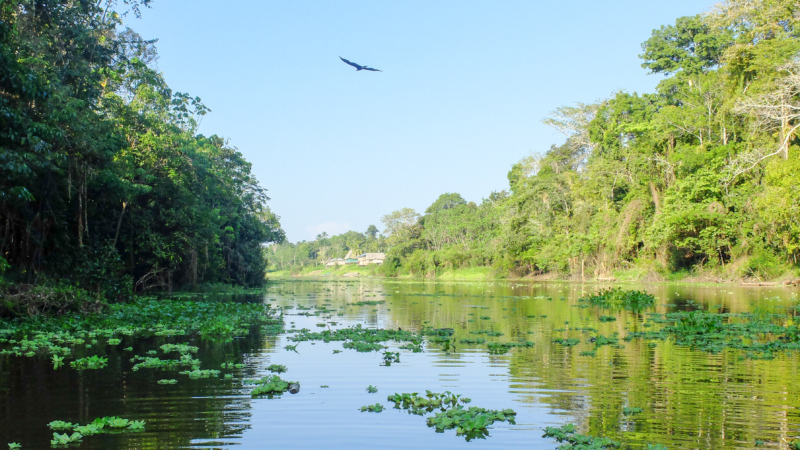Bolivia & the Global Fight Against Climate Change
In the past year, the Bolivian government has emerged as an outspoken critic of climate change policies.
In May, a Dutch court ruled that the British-Dutch energy giant Shell must increase its emissions reduction target to 45 percent by 2030. The ruling applies only to the company’s business in the Netherlands, and Shell intends to appeal. Regardless of the outcome, though, it is clear that companies are increasingly under pressure from the public and regulators to both disclose and improve environment, social and governance (ESG) metrics.
Such regulations in Europe and the United States will nudge investors toward low emissions projects. All this capital has to be invested somewhere, and Latin America and other emerging markets are well positioned to become big recipients of these increased climate-focused flows.
In April, the European Union released its sustainability classification system to help channel private capital to meet the objectives of the European Green Deal, a set of policy initiatives that aim to make Europe climate neutral in 2050. These rules include the technical criteria that companies need to meet in order to win a green investment label in Europe. The rules could encourage a shift of hundreds of billions of dollars to “green” industries and companies.
In the United States, meanwhile, the Biden administration is looking at how to strengthen corporate climate disclosures. On May 20, it issued an Executive Order on climate-related financial risk, with the ultimate goal of allowing the federal government and banking regulators to quantify and mitigate climate risks in the financial sector.
Besides government initiatives, there has also been a recent proliferation of ESG funds directing capital to climate and other green investments. Global sustainability investing surpassed US$178 billion in the first quarter of 2021 (compared to US$38 billion in the first quarter last year), with 90 percent from Europe and the United States, according to financial research firm Morningstar. An average of around 200 new ESG funds have entered the market in each of the past two quarters.
In short, there is a lot of money in the offing for climate-related investments. And much of it should go to developing countries where emissions are growing fast. (Emissions are already declining in the United States and European Union.) As International Energy Agency chief Fatih Birol warned at a conference in January, “when you look at clean energy investments in emerging countries, we need to multiply it almost by a factor of three.” At that time, he was pessimistic that such a goal would be met.
But now, the jump in investment is coming. Latin America is poised to be a major recipient of climate-related capital inflows in the next few years. The region arguably has the best opportunities in the world for carbon offsets in the Amazon rainforest, and funds from developed countries are already invested in reforestation schemes there. In 2019, for example, the California Air Resources Board endorsed the Tropical Forest Standard, which creates a framework for electric utilities, oil refineries, and other emissions-intensive producers to offset their own emissions by paying governments in tropical forest regions like the Amazon not to cut down trees.
[...]
In the past year, the Bolivian government has emerged as an outspoken critic of climate change policies.
As global temperatures continue to rise with the global community stalled on any way to stop them, countries must prepare to adapt to increasingly volatile environmental conditions.
Will Cuba be able to safely regulate its oil industry?
 Anna & Michal / Flickr / CC BY 2.0
Anna & Michal / Flickr / CC BY 2.0